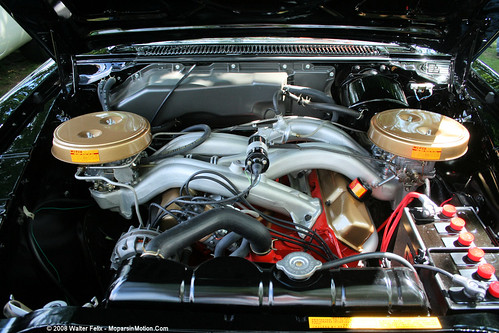the epa only cares about hydrocarbons (unburned fuel) and in parts per million.
caterpillar put an air pump pushing fresh air into the exhaust pipe to reduce the parts per million reading, they were cheating.
fresh air strato does the same thing.
4 port transfer scavenge better the 2 ports, witch mean better performance, on less fuel, and lower emissions.
the long transfer tunnels hold more volume (fresh air or exhaust gas).
the 461 has a larger case volume then a 460.
stihl and husky have spent millions developing the fresh air strato engine, it's not going away anytime soon.
delayed scavenging is very new, and I feel it will be the way in the future. simple, lighter, fewer parts, cheaper to make.

























































